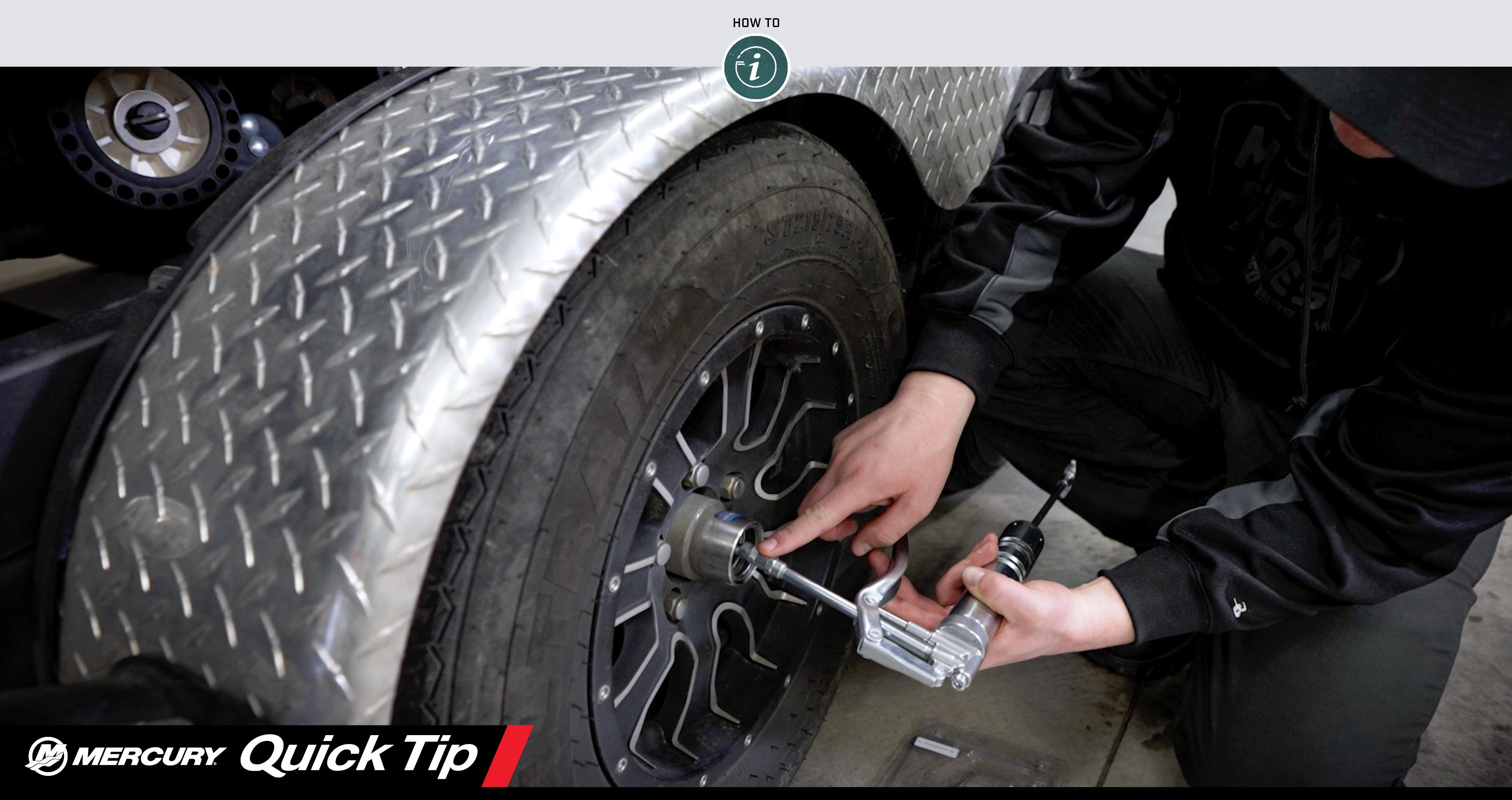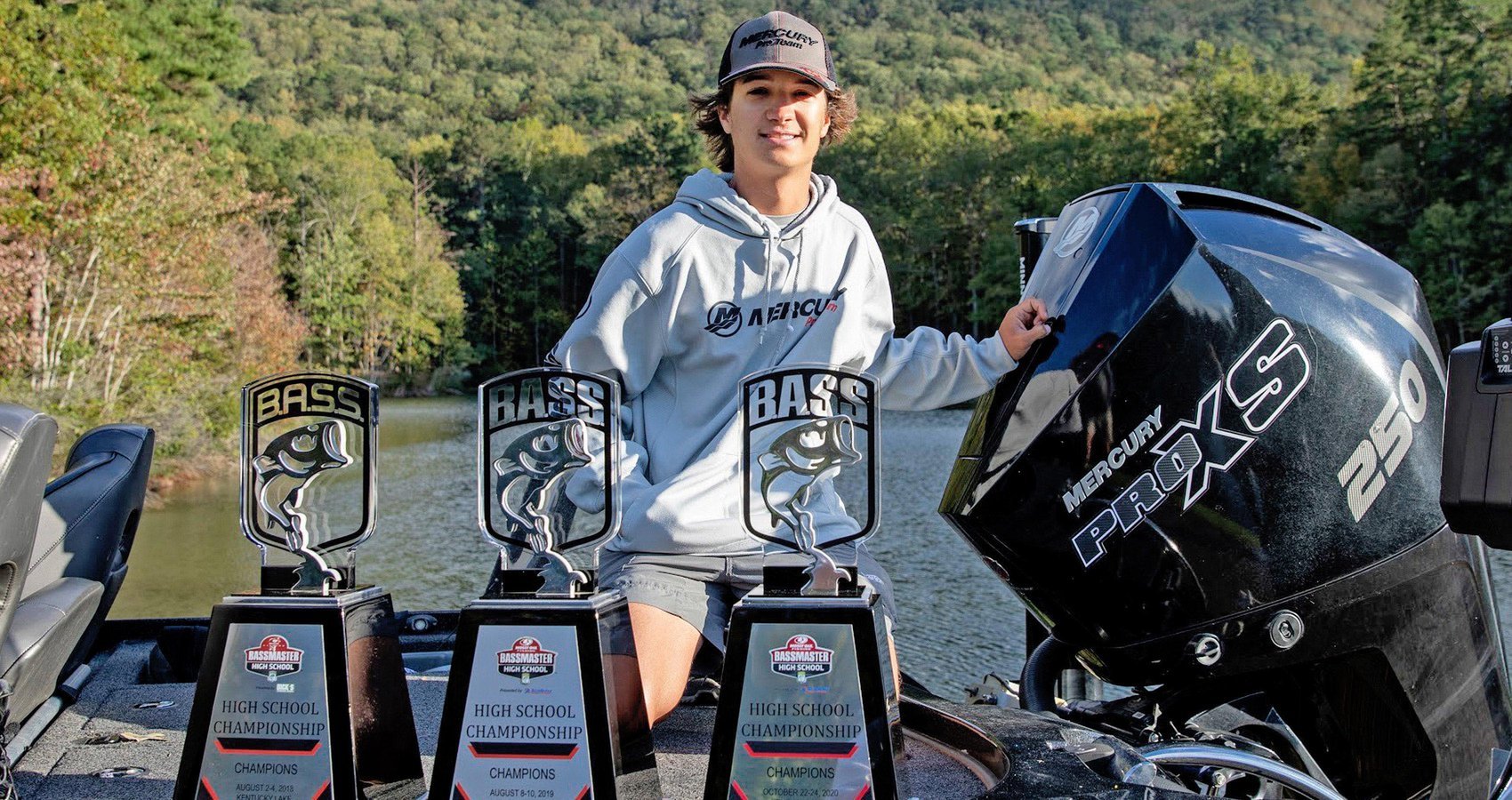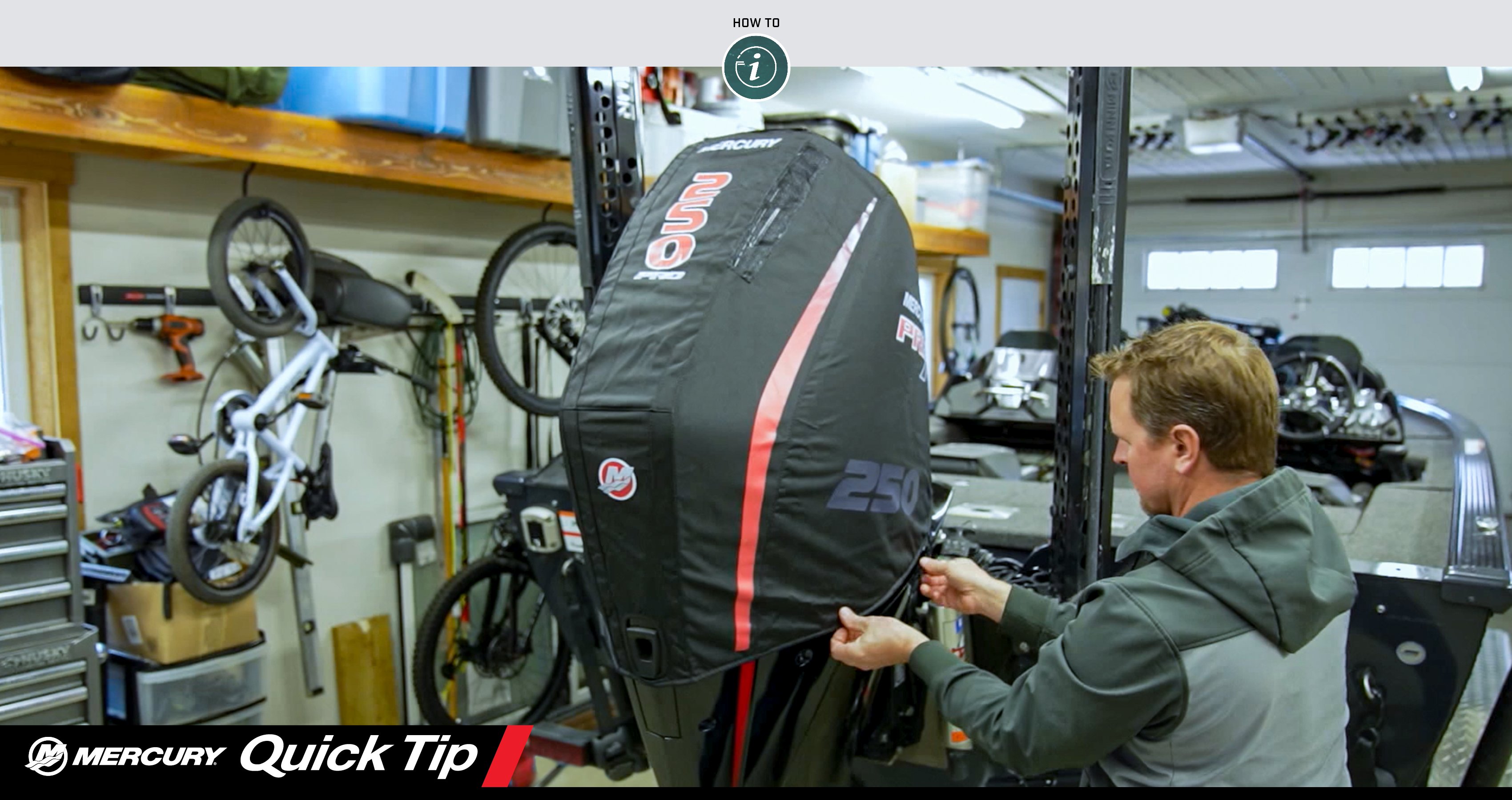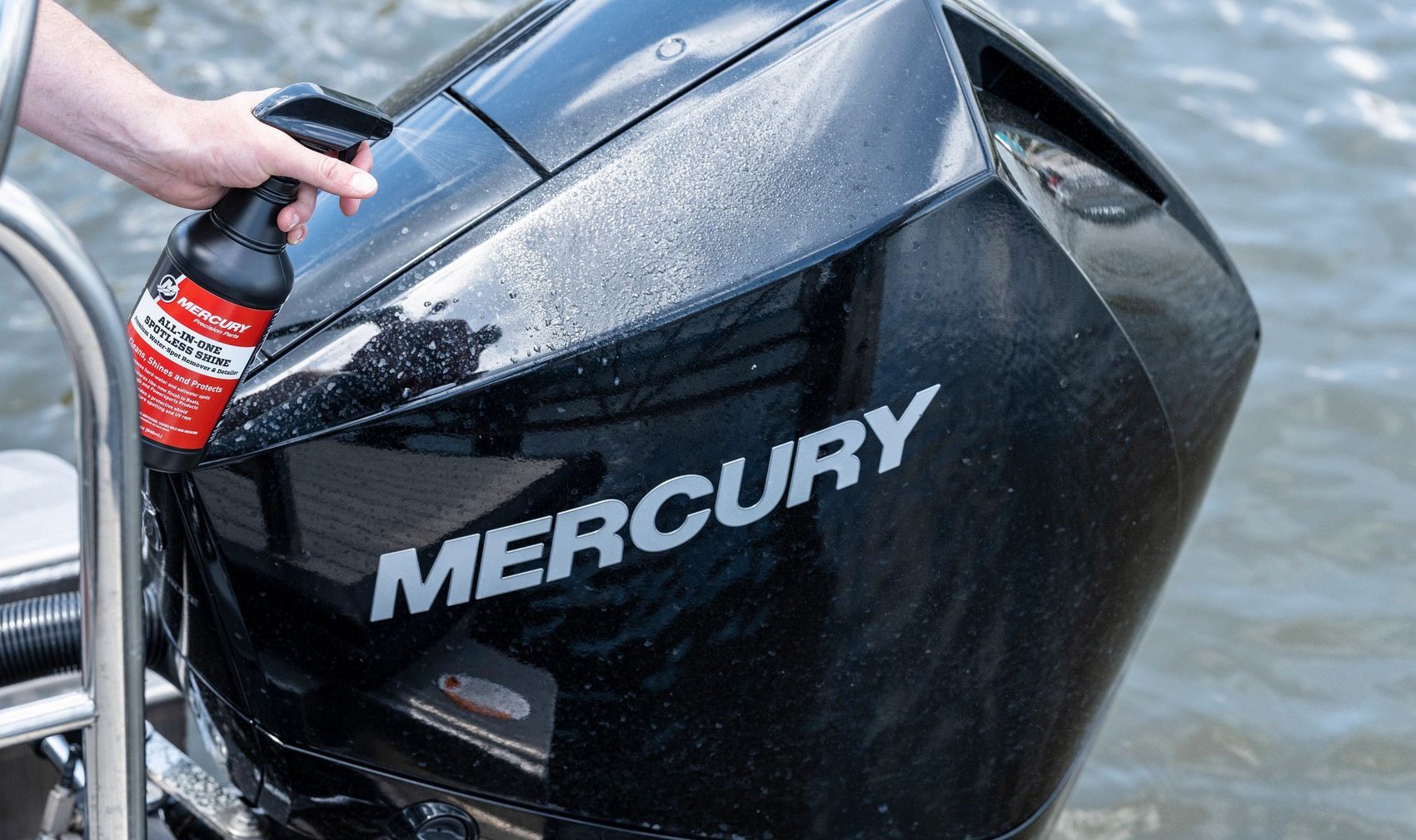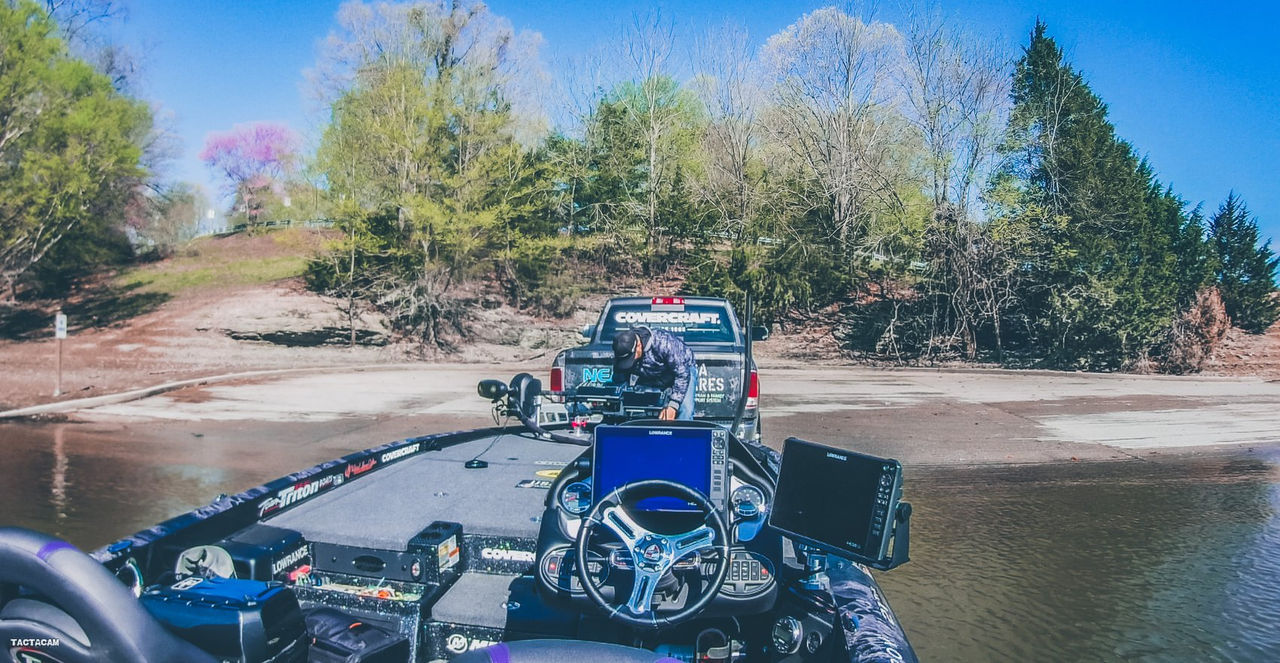High water can be an exciting event for anglers. Fish typically move into the shallows and explore the new terrain in their underwater world. Feeding opportunities abound. Flooded or near-flooded conditions offer anglers exciting opportunities to fish what can seem like an entirely new fishery — if they can safely launch their boat.
Rising waters frequently come with access challenges. Docks with handy tie-off cleats and walkways to the ramp are often inaccessible or completely underwater. Anglers sometimes have to launch at the very top of the ramp, or even in the adjacent parking lots. That means rising water can also require the ability to launch from a ramp that is shallower than normal because the water has spread out over flat ground.
Major League Fishing’s Bass Pro Tour angler Bradley Roy of Lancaster, Kentucky, learned the nuances of launching from shallow ramps while growing up in central and southeastern Kentucky on fisheries such as Lake Cumberland, Green River Lake, Herrington Lake and Barren River.
“I love fishing when the lake is high and flooded,” said Roy. “It creates a lot of cool fishing opportunities, but it presents some challenges, especially launching by yourself. Whenever you’re launching a boat by yourself, you obviously can’t shoot that boat off; there’s no dock here that we can get to.”
Roy’s trick for launching in these situations is to keep the boat hooked up to the trailer winch via the tow strap so it can float off the trailer but still be safely retrieved, without getting in the water.
“You let out a little slack – six to eight feet – on your winch on the front of your boat, but leave the boat hooked up. Then re-engage the winch so it is still locked, but you’ve got that slack in the strap. You kind of shoot that boat off the trailer, it catches on the slack, and you can pull your truck up the ramp. The boat will be deep enough to come off the trailer, but you can walk on dry land to get to your boat.”
Roy pointed to a few features on his rig that facilitate his launching process. The first is the bow entry ladder system on his 2020 21TrX Elite Triton boat. The series of steps makes entry into the bow of the boat much easier and safer than climbing up directly from the trailer.
"I also highly recommend keeping an eye on changing water conditions. If water is rising quickly, make sure you’re not launching into waters that would be risky to load the boat back up when you’re done fishing.
“Also, avoid launching into swift current. Swift current is often the case on rivers. Launching into more stable waters, like in backwater areas, is preferable. Don’t let your excitement to fish exceed your decision-making ability in regard to safety.”
Roy doesn’t have a truck cap on the bed of his truck, which allows him to climb onto the bed of his truck and get to the trailer more efficiently – and that keeps him out of the water.
The Kentucky pro also relies on his boat’s shallow-water anchors when launching from shallow ramps. The absence of docks to tie off to can create a challenge when parking the boat and returning to the tow vehicle for parking.
“Dual shallow water anchors are extremely helpful when parking the boat. Once launched, I pull my boat over to the shore and nudge the bow close to the bank and then drop both anchors. With the boat secure, I can then go back to the truck and park it, knowing my boat isn’t going anywhere. Using the anchors eliminates the need for finding a tree or something like that to tie up to.”
Roy said the method of leaving the boat connected to the winch with six to eight feet of slack is also a suitable method for launching alone at any time.
